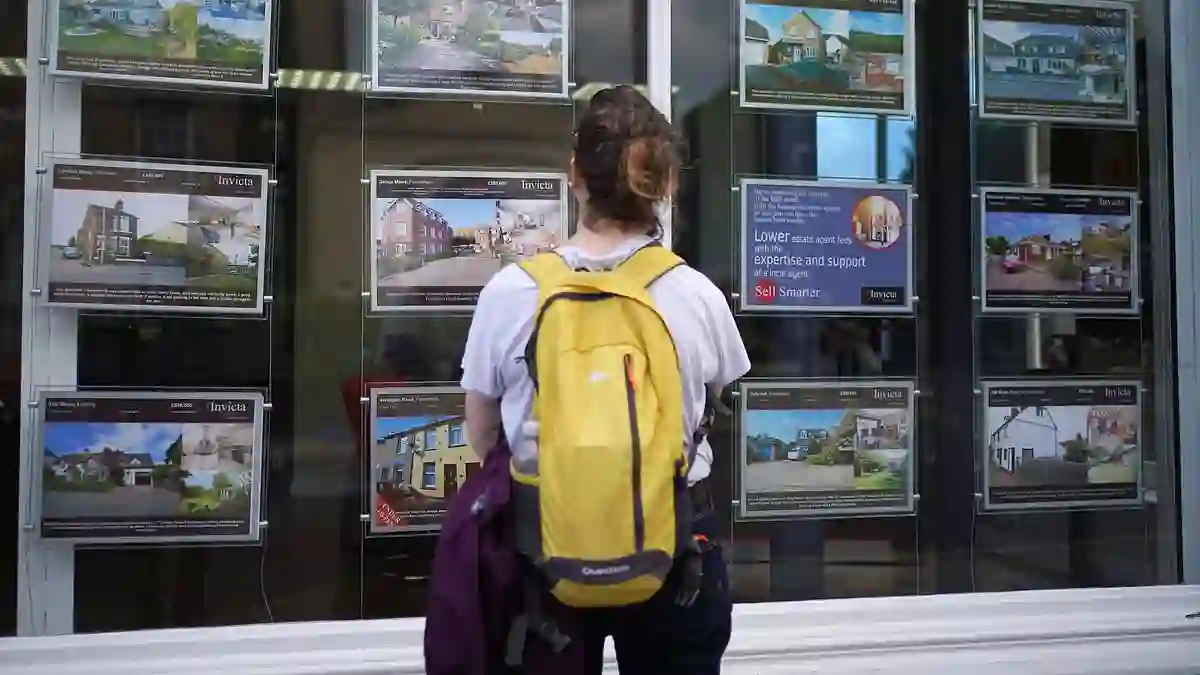With buyers becoming more price-savvy and picky in today’s market, an interesting trend is emerging — and it’s not what you might expect.
Instead of soaring prices in flashy, high-end locations, it’s the more “affordable” towns and cities that are seeing the fastest price growth right now.
Smaller Towns See Bigger Price Jumps
According to new data from Zoopla, house prices in areas where homes cost less than £200,000 on average are climbing more quickly than in pricier markets.
In fact, places like Blackburn, Falkirk, and Wigan are leading the pack, each recording a 3.5% rise in house prices.
These areas reflect a wider trend: more modest locations with tighter supply are feeling the squeeze, and that’s pushing prices upward.
In contrast, areas where properties are priced between £200,000 and £250,000 saw prices increase by 1.9% — still ahead of the national average.
Nationwide Market Slows as Choices Expand
Zooming out, the average house price in Britain is currently £268,400, just under £4,000 higher than a year ago.
However, overall house price growth is more modest at 1.4% year-on-year.
One major reason? There are simply more homes on the market — about 14% more than this time last year.
With buyers having more to choose from, the urgency to offer top price has cooled.
Expensive Areas Struggle to Keep Up
It’s a different story entirely in regions like London, the South East, and the South West.
While these areas might sound like hot markets, they’re seeing only marginal growth, under 0.5% in the past year.
Listings are up by 16–19%, and many high-end homes are lingering on the market.
A staggering 29% of unsold homes priced at £500,000 or more have been sitting unsold for over six months.
Zoopla puts it simply: affordability matters.
The higher the price, the more income is needed — and that’s dampening demand.
The Buyer’s Market Is in Full Swing
There’s a clear link between the number of homes for sale and how prices are changing.
More choice means more power for buyers.
In locations where there’s been a spike in listings, house price growth has slowed or even dipped slightly.
In fact, Zoopla says that in some of the most expensive markets — where homes are over £500,000 — prices have dropped modestly by about 0.2%.
How Long It Takes to Sell Depends on Where You Are
Nationally, it’s taking an average of 45 days to sell a home — but it really depends on the region.
In southern England, it’s more like 50 days. In Wales, even slower at 57 days.
But in the North East, homes are flying off the market in just 37 days.
And a notable stat? About 22% of all homes on the market have been listed for over six months without finding a buyer.
Sellers Need to Get Real on Pricing
With more competition and cautious buyers, sellers are being urged to keep their expectations in check.
Zoopla says those serious about moving need to price realistically to secure a sale in 2025.
Right now, the average estate agent has 37 homes listed, up from 32 last year.
That’s good news for buyers — and it’s fueling a 6% increase in sales agreed compared to 2024.
Buyers Still Want to Move, but They’re Picky
Richard Donnell from Zoopla says buyer activity is still strong — more people are looking to move than this time last year.
But even though improving mortgage rates are helping a bit, buyers are being especially careful in high-value areas where there’s more on offer.
Looking ahead, Zoopla predicts we’ll see about 5% more home sales in 2025, but house price growth will likely stay modest, between 1 and 2%.
What About Recent Price Drops?
Earlier this month, Halifax reported a 0.4% fall in property prices in May — that’s about a £1,150 dip, bringing the typical home price to £296,648.
But even with that drop, property values are still up 2.5% year-on-year, or about £7,000 more than last May.
